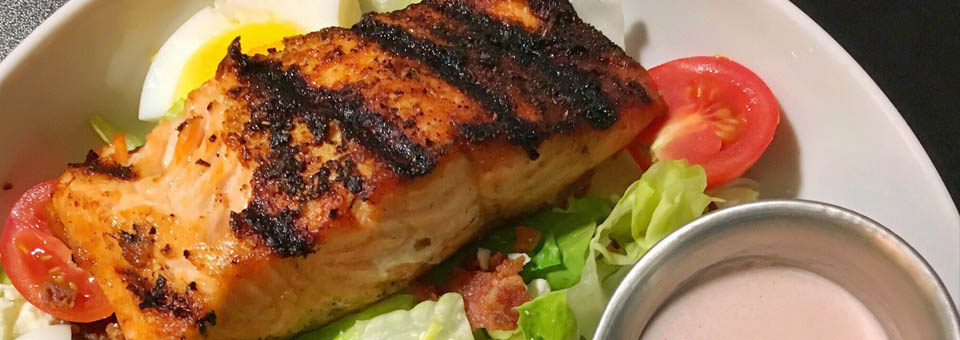Stanford researchers have made a shocking discovery that’s linked to how much — or how little — pain you experience on a day-to-day basis…
And how to block pain in chronic sufferers.
It’s all thanks to one of the biggest healing discoveries of my lifetime.
Let me explain…
A few months ago, I released an in-depth report about a newly discovered “stem cell organ.”
To recap, it’s a huge, interconnected network of sponge-like tissues that surround your brain, heart, lungs, and every joint in your body called the interstitium.
And it controls the supply… distribution… and delivery of almost all of the vitamins, minerals, proteins, stem cells, and other various building blocks that all of your organs need to get healthy and keep you problem-free.
Well, it turns out there are more than just nutrients flying through your stem cell organ.
Specifically, Stanford researchers reporting in the journal Pain found disruptions in the stem cell organ can trigger what they call “cross-talk between the immune and nervous system.”1
In layman’s terms, this “cross-talk” controlled by your “extracellular matrix” (ECM) causes your immune system to STOP keeping you healthy — and instead — to ATTACK your nervous system, sending pain signals screaming up to your brain.
It’s a huge breakthrough that’s given researchers a better understanding of how chronic pain works… and how to stop it.
And here’s the best news…
In animal studies, the same Stanford researchers have discovered “downregulating” these pain signals in the interstitium results in less pain at the sight of injury AND protection from systemic in
flammation in the brain that can “light-up” pain sensors.2This dual protection from pain is something NONE of the current solutions offer.
Again, these are animal studies.
But the conclusion is clear…
This stem cell organ plays a huge role in your pain levels throughout the day, pain intensity and your overall health. In fact, the Stanford researchers went so far as saying the health of it is “a crucial component of the chronic pain equation.”
Pharmaceutical companies are pumping billions of dollars into research, trying to invent a “drug” for your stem cell organ.
Most of this research is still in the lab.
But you don’t have to wait…
Tap into Your Stem Cell Organ for Pain Relief Today
- Kick your stem cell organ into overdrive with this missing nutrient. Collagen is a tough fibrous protein molecule found in the bones, muscles, skin and tendons — and it’s what your interstitium is made of.
Collagen molecules pack together to form matrix-like scaffolding that provides your ECM and interstitium with strength and structure.
Our ancestors knew it was critical for their musculoskeletal strength and that it kept them healthy. They couldn’t hunt with painful broken-down joints. You can get the same benefits from collagen today. More collagen means more stability for your interstitium and your bones.
Bone broth is where you can get the biggest collagen bang for your buck. Eggs, avocados and salmon are other high-quality collagen foods. You can make salmon bone broth by including the bones and scales, just as you would with bovine and chicken bone broth. - Then, fuel your stem cells in 12 minutes. My PACE exercise principle is one of the best ways to stimulate your stem cells.
A recent study in the European Heart Journal showed that vigorous exercise in mice activated 60% of their cardiac stem cells.3
In another human study, researchers proved that strenuous exercise leads to high levels of stem cells in bone, liver and other organs.4
With PACE, your goal is to hit a peak of intensity. Then, in future workouts, you gradually raise that peak as your fitness level improves.
To Your Good Health,
![]()
Al Sears, MD, CNS
References
1. Tajerian M and Clark JD. “The role of the extracellular matrix in chronic pain following injury.” Pain. 2015;156(3):366-370.
2. Tajerian M, et al. “The hippocampal extracellular matrix regulates pain and memory after injury.” Mol Psychiatry. 2018;23(12):2302-2313.
3. Gariani K, et al. “Eliciting the mitochondrial unfolded protein response by nicotinamide adenine dinucleotide repletion reverses fatty liver disease in mice.” Hepatology. 2016;63(4):1190-1204.
4. Valero MC, et al. “Eccentric exercise facilitates mesenchymal stem cell appearance in skeletal muscle.” PLOS One. 2012;7(1):e29760.

